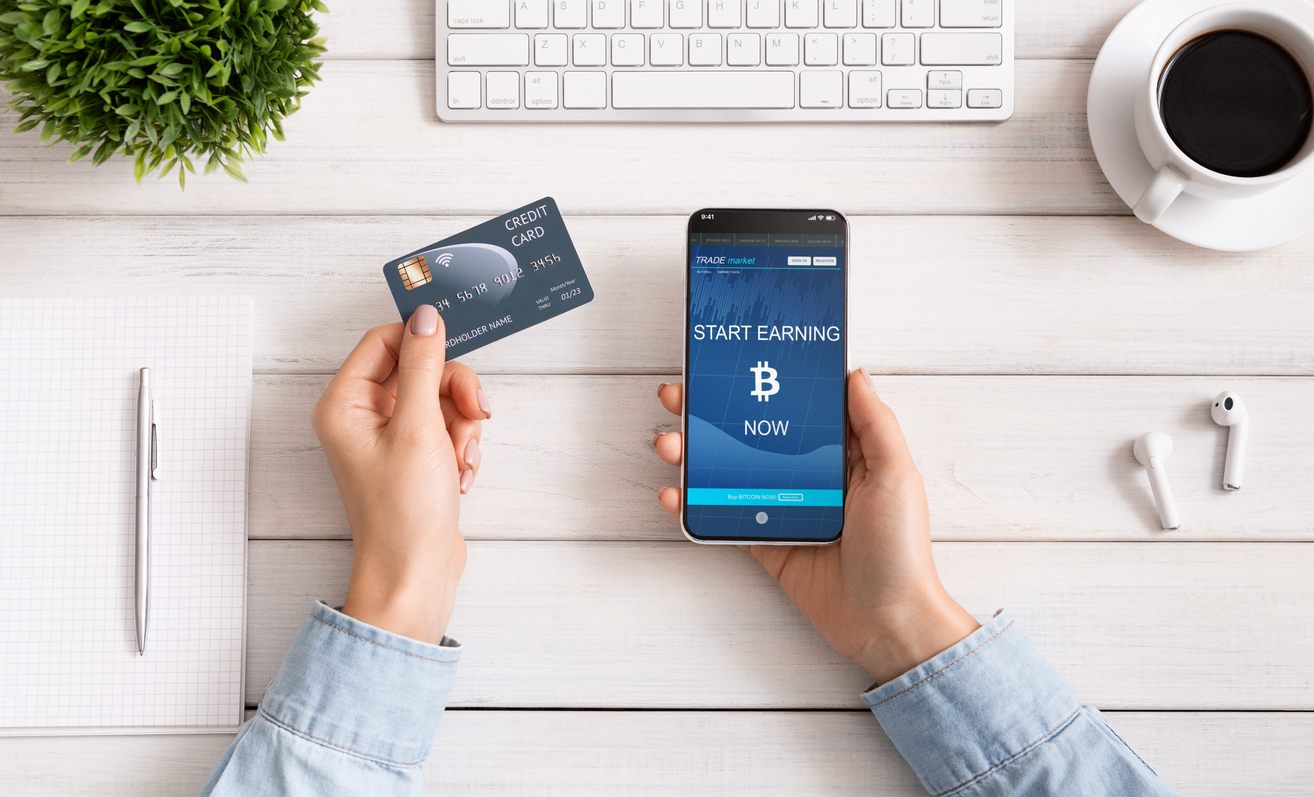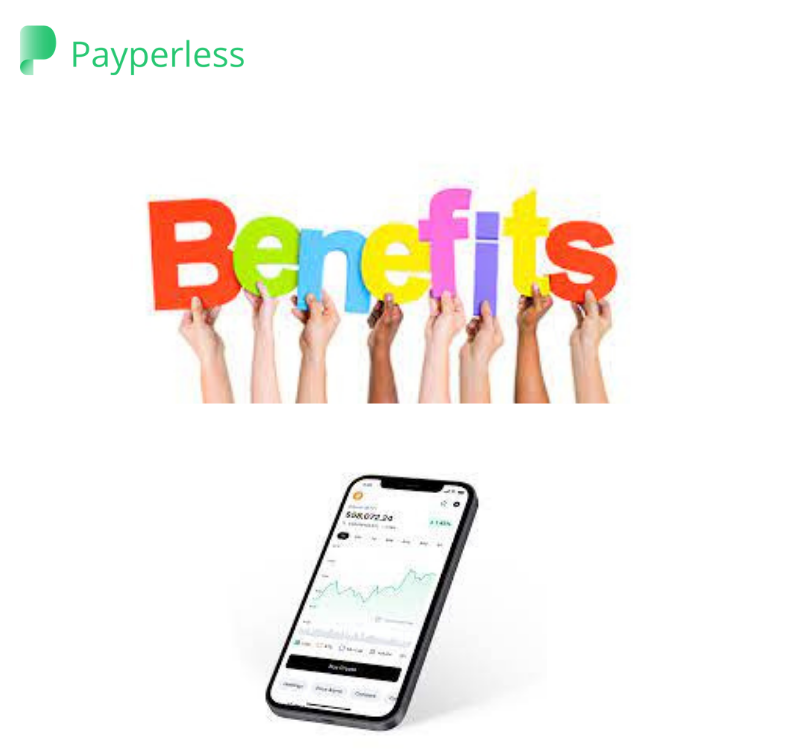The Rise Of Cryptocurrency As Mobile Payments: Evaluating The Risks And Benefits

Satoshi’s idea of cryptocurrencies was to introduce a financial system that disrupts the traditional centralized intermediaries to bring decentralization and transparency in the whole space that gives users control over their money. The idea took over a decade to bloom and reach a considerable amount of audience for it to be actually considered as an independent financial structure. 2021’s bull run spread the idea of cryptos like wildfire which automatically brought about enough innovation that use cases were explored properly and institutions started accepting the leading currencies as an acceptable medium of transferring value. There is, however, a lot of debate circulating the concept of using cryptos as payments. There are a significant amount of risks and benefits associated with using cryptos for everyday financial activities which will be discussed further.
Risks:
Cryptos are a relatively new concept for general masses. Which makes this space prone to a lot of skepticism. Turning it into a financial tool raises a lot of questions as there are a few risks attached to the whole crypto payments scenario.

The risks associated with the usage of crypto as a medium of mobile payments can be summarized in the following points:
- Slow transaction speeds
- High transaction costs
- Non-renewable energy sources
- Volatility
- Transactions are non-reversible
To understand these issues in detail, let’s consider the well-known issue raised by Vitalik Buterin, “the blockchain trilemma”. The issue states that making a blockchain all three: decentralized, secure, and scalable, is a challenge for the developers due to which they are forced to make trade-offs. This is one of the reasons why a lot of currencies in the market have a well-known issue of scalability. Ethereum’s network, for example, isn’t very well suited to handle a lot of transactions at once. This results in network congestions and the transactions take a lot of time to execute. This congestion also results in increased transaction costs.
For a currency to qualify as a medium for payments it should, if not exceed, match the qualities of the centralized alternative: fiat. There are, however, a lot of developments being made in the crypto space that are enabling the new currencies to transact at much faster speeds with negligible fees.
The issue of energy is still hot in the crypto market as we’ve seen Elon Musk and his huge social media army halting operations with bitcoin due to the issue of energy. The consensus algorithms eat up a lot of electrical energy due to which these currencies aren’t considered the most environmentally sustainable mediums of payment.
Lastly, the issue of volatility is one of the main reasons why most people don’t consider these currencies as the best way ahead when it comes to this specific use case. We’re already familiar with the case of “Bitcoin Pizza” where the person named Laszlo Hanyecz bought two pizzas for 10,000 bitcoins which roughly translates to $400 million today. This transaction is considered to be one of the worst trades in financial history.
Addressing these issues and risks
Most of these risks and issues are catered to when we talk about filtering out the cryptos to specify stablecoins for payments. Currencies like USDC are not only stable but are also extremely secure to transact as the parent company, Coin base, is listed on the stock exchange which removes the questions of legitimacy. Although most stable coins are based on Ethereum and still pose questions regarding the costs and speeds, some are based on other chains like Binance Smart Chain which is much faster and cheaper. Moreover, Ethereum is looking to move to a more environmentally sustainable consensus algorithm which theoretically solves the issues related to scalability as well.
Benefits:

- The most obvious advantage of using cryptos is cross-border payments. Cryptos have made a name for themselves in the area of cross border payments as their decentralized nature allows users to transact without intermediaries like central banks. This makes cross border payments as easier as any other kind.
- Although we discussed the cost associated with crypto transactions, there are still currencies like Solana and Cardano that aim to exceed their performance in these areas compared to centralized alternatives like VISA and Mastercards.
- Crypto payments do not require bank accounts or credit cards. So, they’re much more accessible as transactions only require a smartphone and an internet connection. Exchange accounts and crypto wallets are also extremely accessible and all funds can be transferred easily online.
- Since there are no intermediaries, all crypto transaction are extremely secure. Since these funds can not be stolen from your wallet, they make very secure currencies.
- Crypto transactions are irreversible. Although this can be considered as a risk but it also serves as a symbol of autonomy of funds. No government or centralized authority can reverse a payment once made.
All-in-all we’ve seen cryptos progress over time as users explore their use cases with more and more startups flowing in the space. We’ve seen institutions partner up with a lot of crypto projects which is automatically increasing the acceptance and adoption by day but the wide acceptance of using cryptos as a payment method is yet to be seen. Each bear market surrounds the whole cryptoverse with skepticism. Naturally, the migration from traditional centralzied financial instruments to cryptos would take time and innovations would constantly improve crypto’s chance to disrupt the overall centralized finance. For now, there’s an obvious inclination to centralized finance and the majority of masses have yet to discover and explore the potentials of crypto and blockchain.